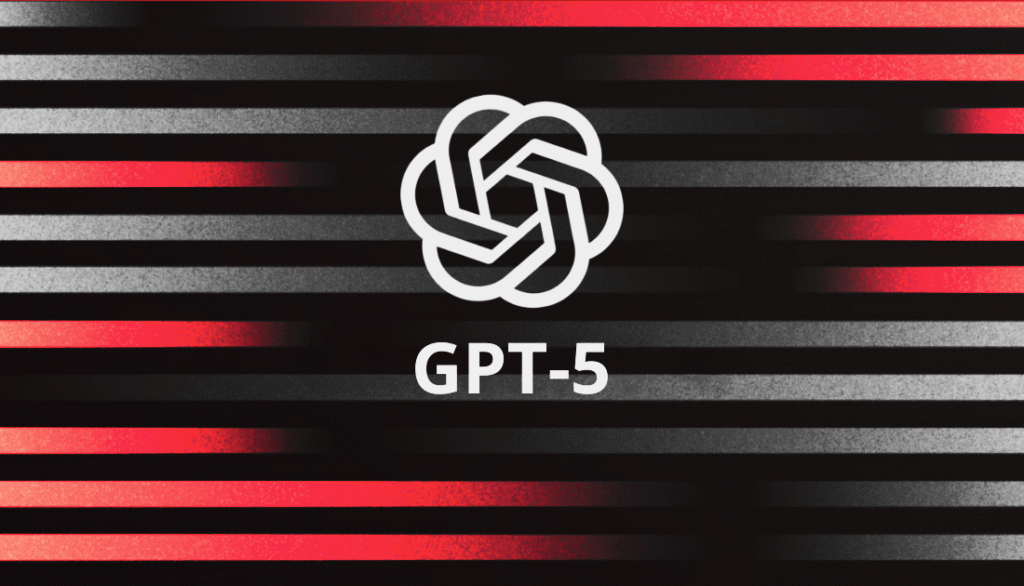OpenAI recently released GPT-5, a unified AI model intended to succeed its GPT and o-series predecessors. But the user response has been mixed since the launch.
Highlights
- User Feedback: Many users feel GPT-5 responses are shorter, less detailed, and lack the personality found in the retired GPT-4o, causing disappointment and a sense of loss.
- Technical Issue – Autoswitcher: The real-time routing system meant to optimize responses was malfunctioning at launch, contributing to user dissatisfaction. OpenAI is working to fix and improve this feature.
- Interim Solutions: GPT-4o remains available for Plus subscribers while GPT-5 usage limits are increased, though GPT-4o’s future availability is uncertain.
- Operational Costs: OpenAI faces billions in losses despite high revenue, motivating the phase-out of older models like GPT-4o to manage expenses.
- Competitive Landscape: Some competing AI models have outperformed GPT-5 on key benchmarks, fueling debates over its advancement claims.
- Ethical Concerns: Advocacy groups urge caution, highlighting potential risks for vulnerable users such as those on the autism spectrum and calling for responsible AI deployment.
Many ChatGPT users have expressed disappointment, noting that GPT-5’s responses often feel shorter, less detailed, and lack some of the personality that was present in the now-retired GPT-4o.
User Feedback and Emotional Attachment
On social media and forums like Reddit, users have shared their frustrations, with some describing the removal of GPT-4o as losing a familiar and valued collaborator.
Many appreciated GPT-4o’s creative flexibility and emotional nuance, aspects they find missing in GPT-5’s current iteration. This sense of loss has led to significant community discussion and dissatisfaction.
The “Autoswitcher” Issue
During a Reddit AMA, OpenAI CEO Sam Altman acknowledged the concerns, explaining that GPT-5 was primarily designed to excel in advanced reasoning and professional tasks, which may not align with every user’s needs.
Altman also revealed that a key component called the “autoswitcher”—a real-time router intended to dynamically select the most appropriate model depending on the user’s query—was not functioning properly at launch.
This malfunction likely contributed to perceptions that GPT-5’s responses were less nuanced or relevant. OpenAI is actively working to restore and improve this feature to enhance response quality and ensure users receive outputs better matched to their requests.
Interim Measures and Model Availability
To address user concerns, OpenAI is continuing to provide access to GPT-4o for Plus subscribers, alongside increasing GPT-5’s usage limits for these users. However, the company plans to monitor GPT-4o usage carefully to decide how long it can remain available.
Financial and Operational Considerations
Behind the scenes, OpenAI faces substantial operational costs. Despite generating billions in annual revenue, the company reportedly operated at a loss of approximately $5 billion last year, largely due to the expenses associated with AI infrastructure.
Phasing out older models like GPT-4o is part of an effort to manage these costs, even though it risks alienating users who valued those models for specific tasks.
Competition and Performance
While GPT-5 introduces several improvements, some analysts and users have pointed out that competing models, such as xAI’s Grok 4 Heavy, have outperformed GPT-5 on certain reasoning benchmarks.
This has led to ongoing debates about whether GPT-5 meets the expectations for a significant advancement in AI capabilities.
Ethical Considerations
The rapid evolution of AI models like GPT-5 raises broader ethical questions, particularly concerning vulnerable groups.
Advocacy organizations have expressed concern about the potential risks of AI interactions for individuals on the autism spectrum, urging OpenAI to implement enhanced safety measures and responsible deployment practices.


